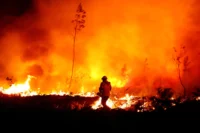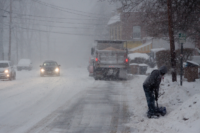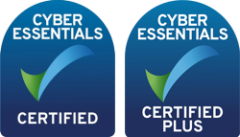How do we use our tech for good?
We kicked off 2020 exploring possibilities of how the World Food Programme (WFP) can integrate new tools to improve data collection. Thereby, allowing WFP to inform its operations in fragile and conflict-affected areas by amplifying the voices of millions of people living in vulnerable communities.
To understand and respond to individual needs, WFP collects data about the food security situation of people in some of the poorest and most remote areas. Traditional data collection methods such as large-scale face-to-face surveys and market monitoring are used to understand the complex environments in which WFP works and grasp on-the-ground needs.
Nevertheless, in an ever-evolving digital information age, a vast amount of publicly available information (PAI) is operationally relevant to WFP. PAI exists in an unstructured form such as news reports, social media messages, blogs, reports and other online available documents. We recognise the need of the development cooperation sector to tackle the volume, variety and velocity of online information in order to pinpoint relevant messages for an operational response.
A ‘do-no-harm’ partnership
During a six-week trial, the WFP was given access to our PublicSonar technology. The purpose was to collect PAI and complement its existing offline data collection methods. Our SaaS solution aims to pinpoint the most valuable messages to create a situational picture fast and easy. The PublicSonar platform analyses millions of online interactions per day and delivers real-time insights through its online dashboard.
The goal was to explore how WFP can adopt our technological innovation. To ensure that affected people’s voices and perspectives are amplified and incorporated in the solutions it offers. Together with a dedicated WFP Vulnerability Analysis Mapping (VAM) officer, we explored multiple case studies. Ranging from gathering trends on food security in Bolivia, monitoring employee safety in Lebanon, to repercussions of hurricane Dorian in the Bahamas.
During our collaboration, it was of utmost importance to comply with the do-no-harm principle for adopting technological innovation within a humanitarian context. PublicSonar abides to extremely strict standards of data lifecycle, compliance and security to mitigate any potential infringement of individual rights.
Partnership background | About WFP
In 2018, PublicSonar embarked the information challenge of the WFP. We collaborated in the Humanitarian Action Challenge on harnessing innovative technologies to better understand the needs of the 815 million hungry people worldwide. Since then, we continued our conversation on adopting technological innovation to support WFP with our expertise.
If you are interested in what we do at PublicSonar, feel free to reach out.







